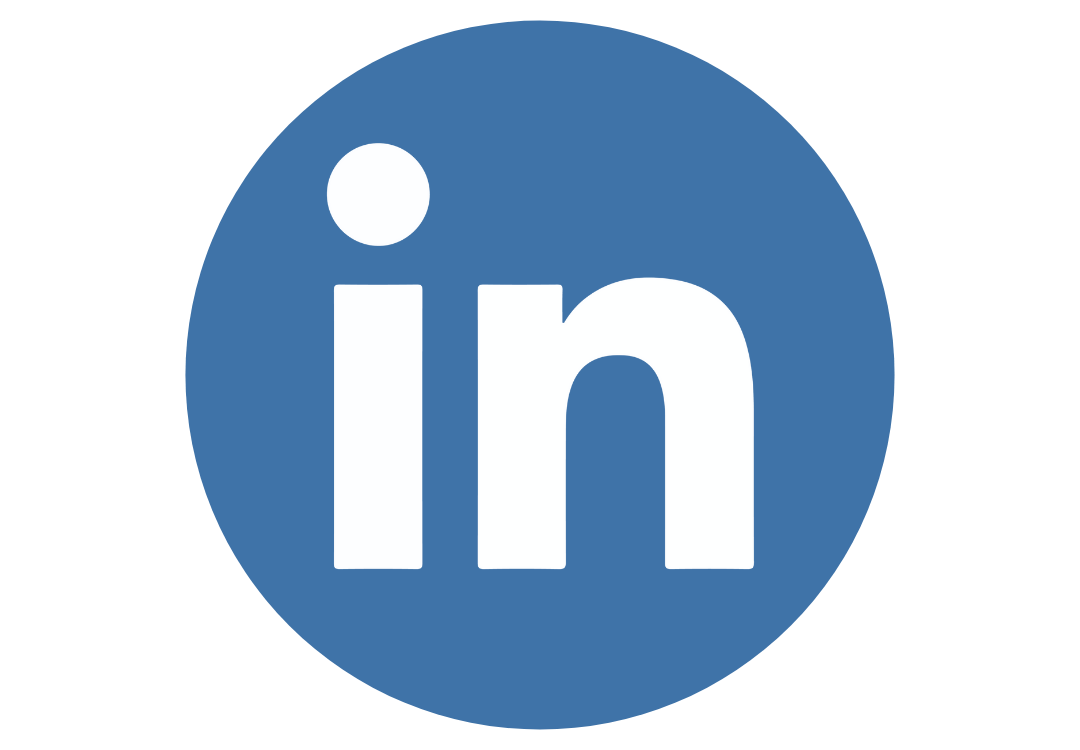Switzerland (Head Quarters)
IDR Medical Switzerland
Austrasse 95, CH-4051 Basel, Switzerland
T:
+41 (0) 61 535 1109
UK
IDR Medical UK
Unit 104 Eagle Tower, Eagle Tower
Montpellier Drive, Cheltenham, GL50 1TA
T:
+44 (0) 1242 696 790
USA
IDR Medical North America
225 Franklin Street, 26th Floor
Boston, Massachusetts 02110, USA
T:
+1 (0) 617.275.4465

Is your market research really delivering insights?
In the realm of market research, do you ever get frustrated (or even annoyed) by the excessive use of the word ‘insight’? The word seems to have been gaining ever more prominence, to the point that today, it is often bandied about as a direct synonym for a research finding, which clearly it is not.
There are many definitions out there, but the one we live by at IDR Medical - its succinctness was definitely a factor – decrees an insight to be ‘a not yet obvious driver of behaviour that offers an opportunity to win in the market.’ It’s worth noting here that the behaviour in question can belong to any of your stakeholders: prescribers, payers, technicians, patients, care-givers or any other influencer at play in your particular field.
If the above is a viable definition, then true market research insights, by their very nature, are going to be pretty rare and, by definition (last one!), a marketer can’t simply commission a piece of research in the expectation that it will necessarily uncover such a precious nugget.

Which naturally begs the question, ‘How do you mine for an insight?’
The first, and generally most important act is to cast your net wide and trawl for those more readily available market research observations (market information). Although these are NOT - and can never be - insights, they usually provide the seed from which a genuine insight can ultimately grow. And if they are to become the foundation for such a strategy-driving insight, it is critical that these are reliable, well-founded and validated.
So what are the conditions required for the potential cultivation of these market observations? The main prerequisite is for the cultivator to have a broad grasp of the underlying context: business, market, disease, product, competitor, company, portfolio etc. The task of collating, interpreting and translating often multiple and potentially diverse (even better if they are apparently contradictory) market research observations usually falls to the in-house market research or business intelligence (or insights!) team. Where this works best is when these folk are intimately embedded within the brand team, as the gathering of broader cross-functional interpretations and perspectives is another key component of the insights generation process.
While one could argue that market research insights are not an absolute requirement for building a successful brand, in today’s healthcare marketplace, where clear product differentiation does not always come gift-wrapped with the product’s regulatory approval, it will always help. So, if you’re going to go after them, be sure that you’re at least equipping yourself with the right tools and processes for the job. And remember, it’s never going to be obvious!
At IDR Medical we have made insights generation our business and for more than ten years we have been leveraging our independence, curiosity and broad knowledge of the medical device landscape to serve our clients. We might not be able to guarantee that we can help you find an insight, but we do know what one looks like and we have a proven track record of helping teams to identify, validate and market them. We would be delighted to undertake a free, no-obligations consultation on how we could help your team do the same so do not hesitate to contact us.


